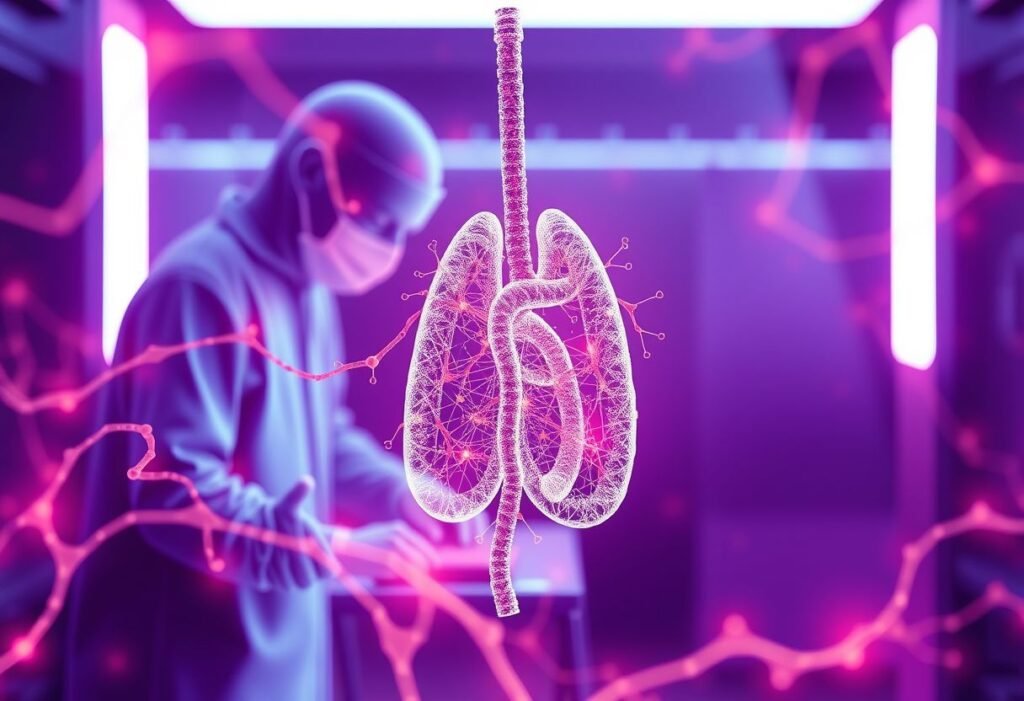The innovative ‘Nanowarming’ process represents a significant breakthrough in the field of organ transplantation. By leveraging nanoscale magnetic rods, this technique offers a promising solution for prolonging the viability of donor organs, ultimately enhancing the chances of successful transplants.
Revolutionizing Organ Preservation
A groundbreaking two-step process known as nanowarming utilizes specially designed nanoscale magnetic rods to safely rewarm frozen tissues. This method not only addresses the major limitations of traditional organ preservation techniques but also significantly extends the lifespan of donor organs. Current practices are often time-critical, where organs can be rendered unsuitable for transplant after a defined period. With nanowarming, researchers are optimistic about dramatically enhancing organ viability and redefining the transplantation process.
The Science Behind Nanowarming
At its core, the nanowarming process involves the application of magnetic fields to the magnetic nanoparticles embedded within frozen tissues. This careful manipulation allows for a controlled and efficient warming process that minimizes cellular damage. As the nanoparticles absorb energy from the magnetic field, they convert it into heat, which gently restores the organ to a temperature suitable for transplantation. Recent studies from prominent institutions like the University of Minnesota and the University of California Riverside, have validated the effectiveness of this innovative approach.
Benefits for Transplantation Outcomes
The potential benefits of nanowarming are profound. By allowing organs to be preserved for extended durations, there is a higher likelihood of matching suitable donors with recipients, effectively reducing transplant waiting lists. Additionally, this technique minimizes the risk of ischemic injury—the damage caused when blood supply is obstructed, which occurs in conventional preservation methods. Therefore, patients may experience better outcomes with less organ rejection post-transplant.
Addressing Organ Donation Challenges
Despite advances in medical technology, organ donation continues to face significant challenges. One of the primary issues is the limited availability of suitable organs. By enhancing organ preservation techniques through nanowarming, the number of viable organs could increase. This innovation may inspire more people to consider organ donation, knowing that their contributions could be preserved effectively for greater periods, thereby saving more lives.
Future Directions in Transplantation Research
The implications of nanowarming extend beyond organ preservation; this technology may pave the way for advancements in other areas of transplantation as well. Researchers are exploring the potential applications in preserving tissues and even whole organs for transplant purposes. With ongoing studies and trials, the hope is that nanowarming will become a standard practice in organ transplantation, further bridging the gap between supply and demand in this critical healthcare sector.
Conclusion and Implications
In summary, the introduction of the nanowarming process presents a transformative development in the field of organ transplantation. This method not only maximizes the potential of donor organs but also could change the landscape of organ how they are preserved and utilized. As research continues to unfold, the health implications for society could be unprecedented, offering hope to countless patients awaiting life-saving transplants.
This article does not constitute medical advice or recommendations. Consult a healthcare professional for any medical concerns.





















